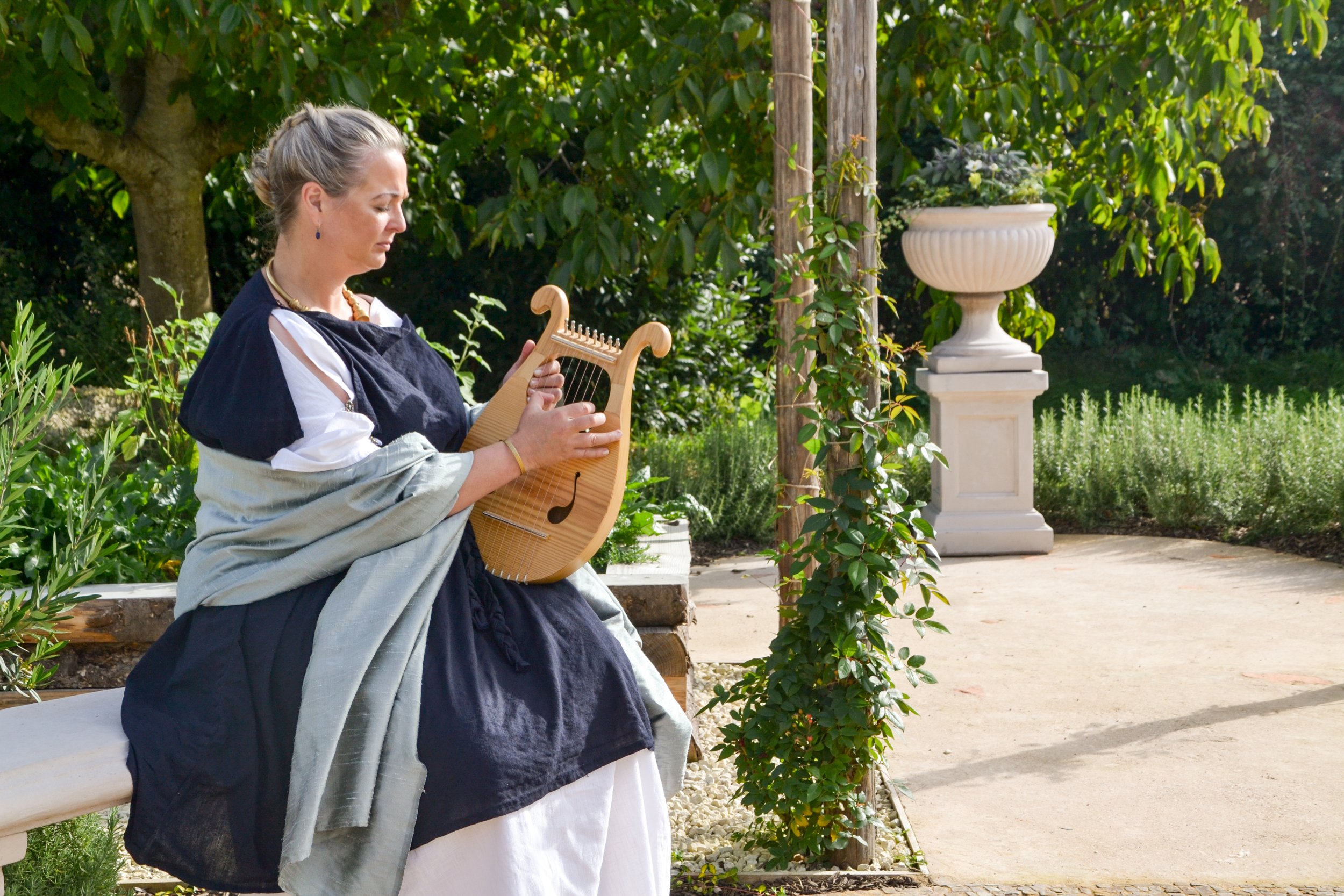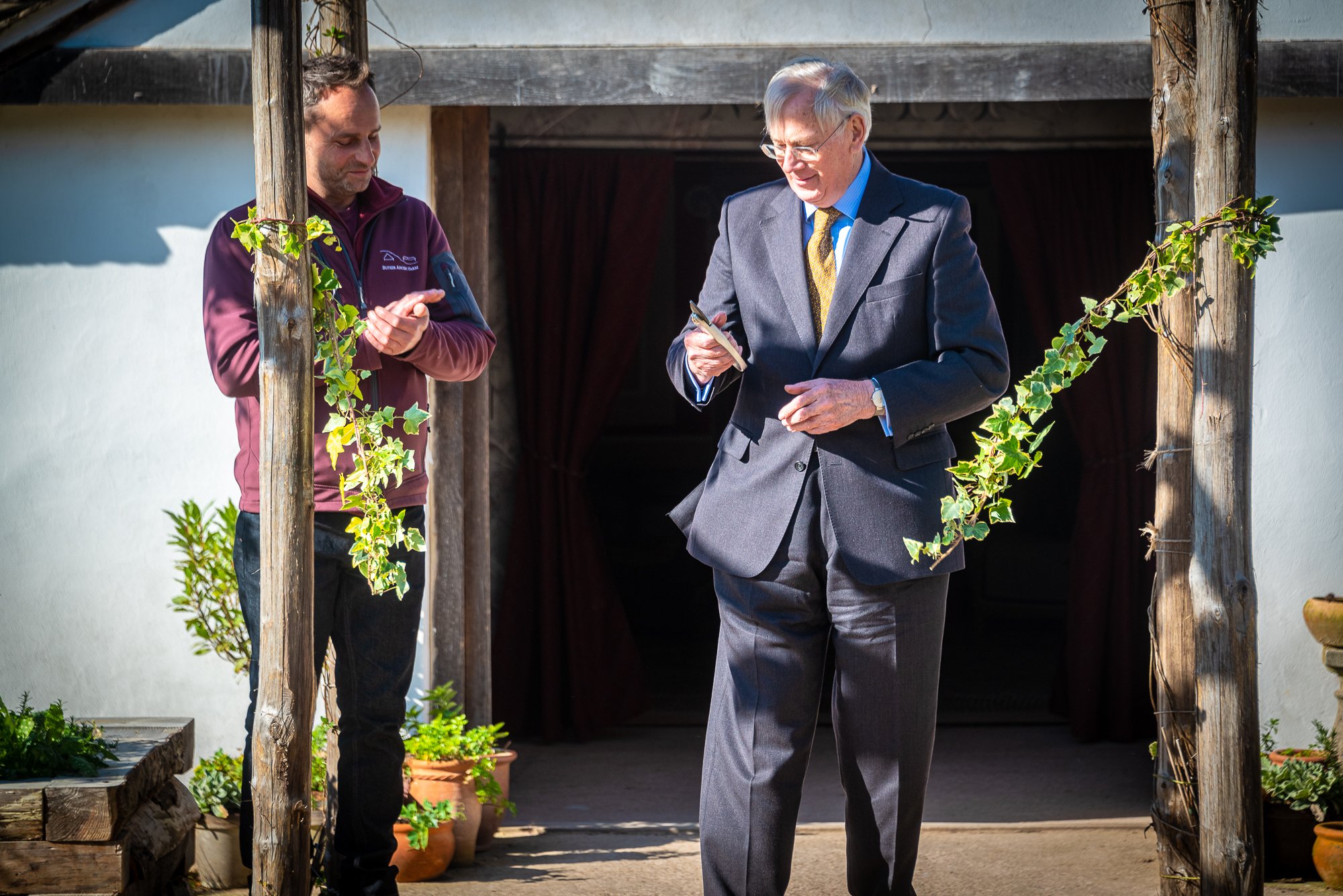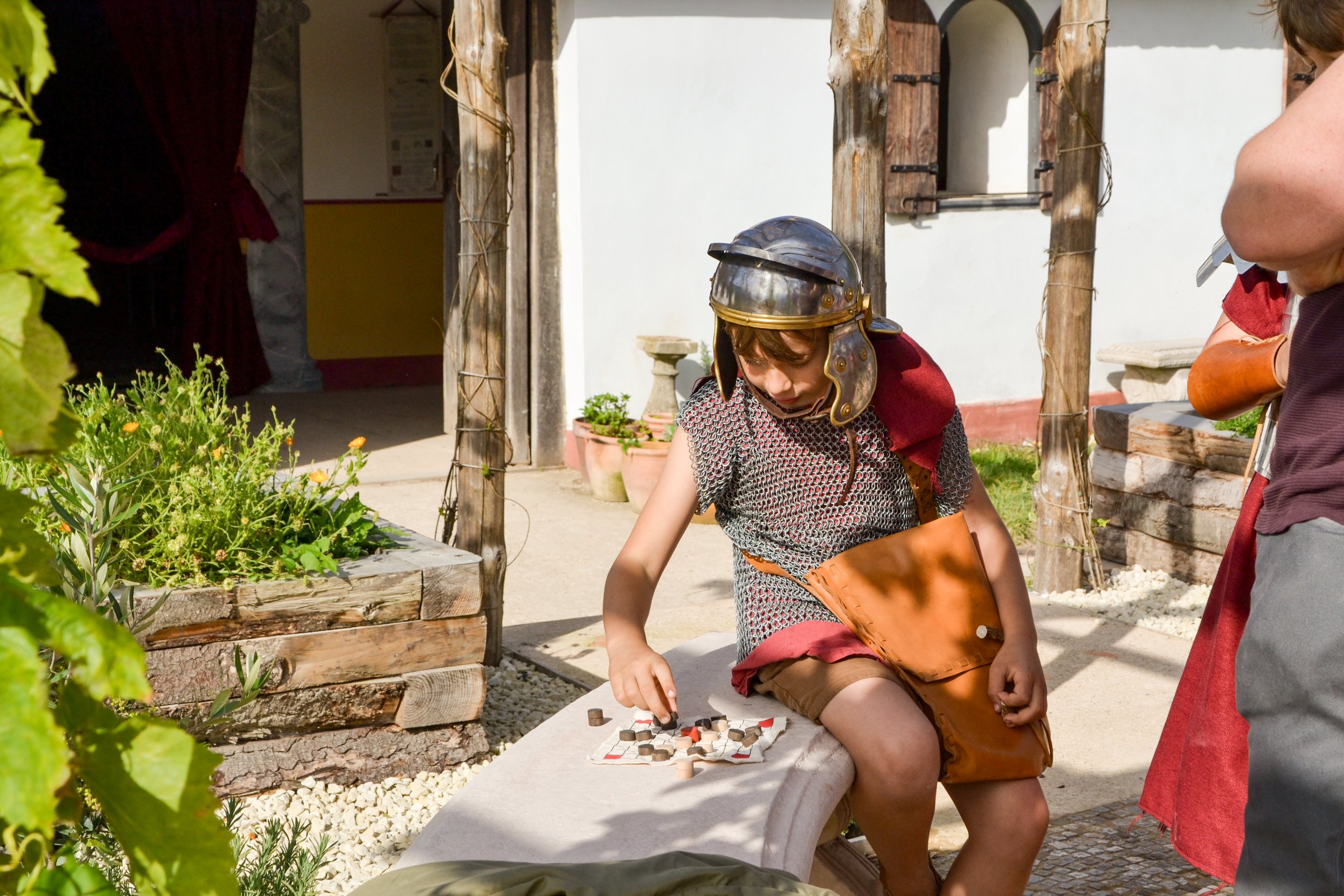We are absolutely delighted to share some wonderful news with you all — Butser Ancient Farm has won the Sandford Award! 🎉 This prestigious award is the ultimate gold star for heritage education, and we couldn’t be more proud of our team and everything we’ve built here. Read on to hear what they said about us, and what this means for Butser’s future!
If you’re not familiar with it, the Sandford Award recognizes heritage sites that deliver outstanding learning experiences. Think of it as Ofsted for museums, historic sites, and places like us, where the judges look for exceptional school trips and educational offerings that support schools and the curriculum.
Here’s what they said about us (and yes, we’re blushing a little):
‘Schools visiting Butser Ancient Farm can expect an exciting and memorable experience packed with hands-on activities in immersive spaces. Pupils will leave with deeper knowledge and historical understanding, curious to know more and pleased with the results of their efforts, whether twisting bronze for jewellery or building a wattle fence. The beautiful landscape and impressive reconstructed houses provide a wonderful setting for exploring local heritage guided by passionate and knowledgeable staff.’
A huge thank you to the judges for such kind words! We’re honestly so chuffed with this result, and so incredibly proud of our education team for receiving such glowing praise.
For over 50 years, we’ve been dedicated to bringing the ancient past to life, driving forward our research and spurring us to share what we learn with our visitors. Whether you’re stepping into a reconstructed roundhouse, trying your hand at ancient skills like spinning or pottery, or even just soaking up the atmosphere of our beautiful site, we’re all about creating unforgettable experiences for every visitor.
Our educational programme has been a real labor of love – we’ve designed it to inspire curiosity, creativity, and teamwork, while also ticking all those National Curriculum boxes for schools. Our trips are hands-on and experiential, and cover not just history but art, design and technology, science, maths, and more. The programme has evolved and developed so much over the years (and is continuing to do so!) and we’re so grateful to see our hard work validated like this.
Simon Jay, our Director, sums it up perfectly: ‘We’re thrilled to receive the Sandford Award, which is a testament to the hard work and passion of our team. At Butser, we strive to connect people with the ancient past in meaningful and inspiring ways. This award not only celebrates the impact of our educational programme but also helps us to continue expanding and enriching our offerings for schools and visitors alike.’
And we’re not stopping here. We’ve got big plans to make our workshops and activities even more immersive, with exciting new ways to explore history hands-on. Whether you’re a school group or a curious visitor, there’s always something fresh to discover at Butser.
If you haven’t visited us yet (or even if you have), we’re gearing up for 2025 so you can come and see why the judges were so impressed. We can’t wait to welcome you, and who knows – you might leave with a new skill or two!
Here’s to celebrating history, hands-on learning, and this incredible recognition. Thank you to all of you for supporting us and being part of the Butser story!















































































